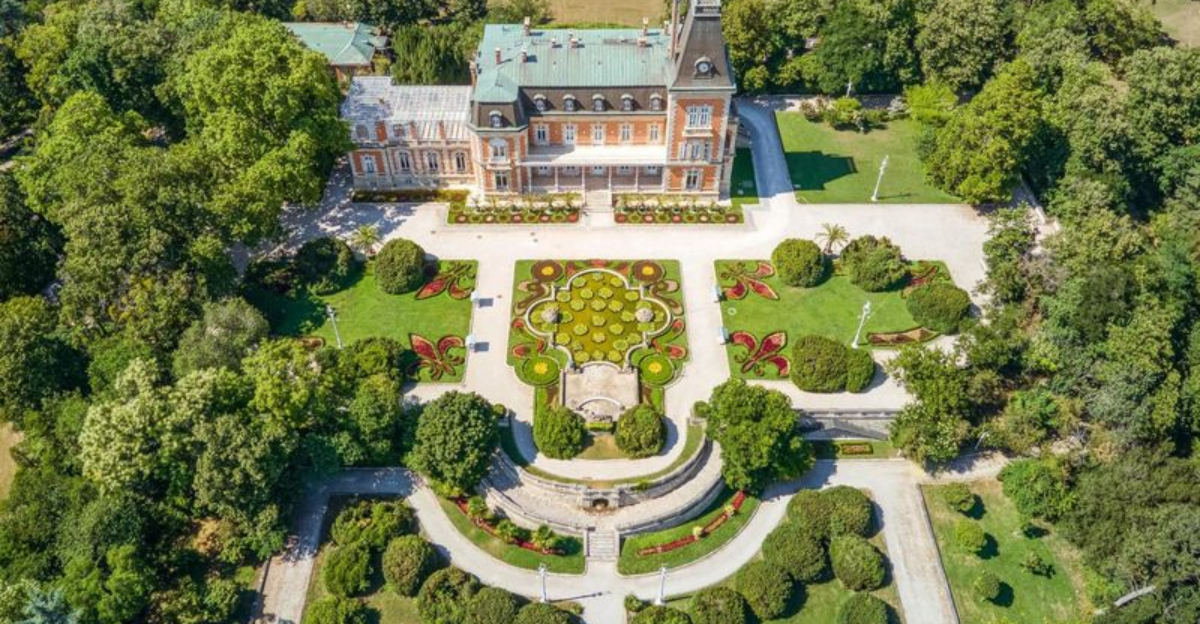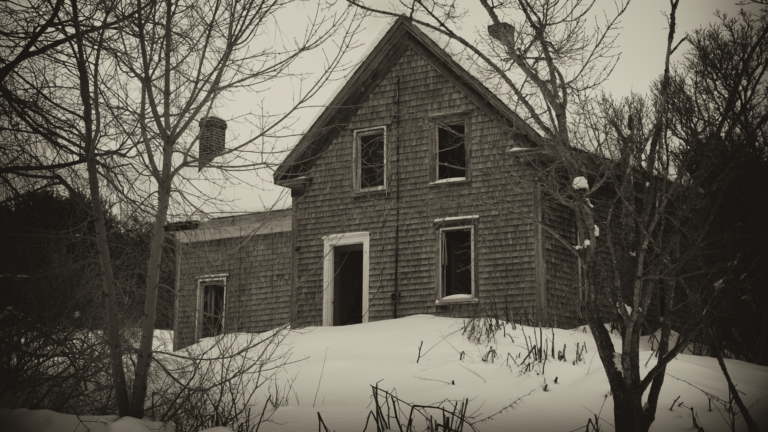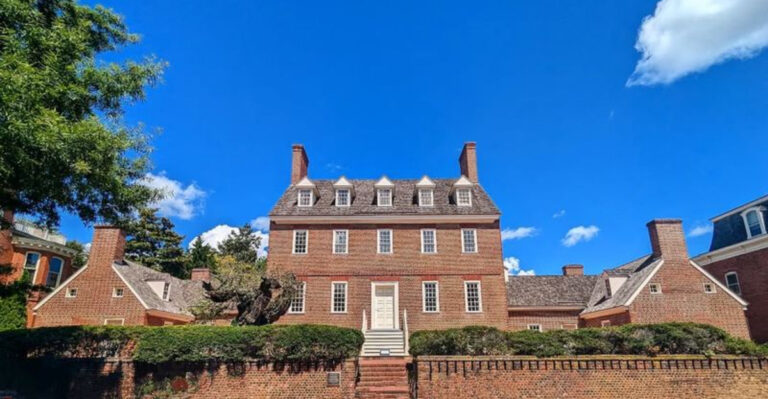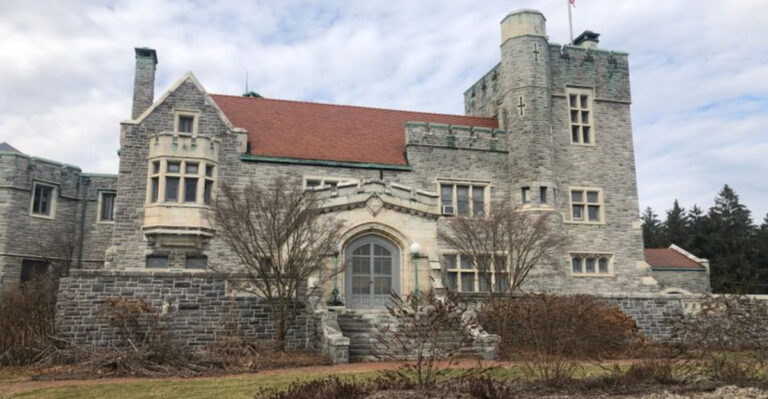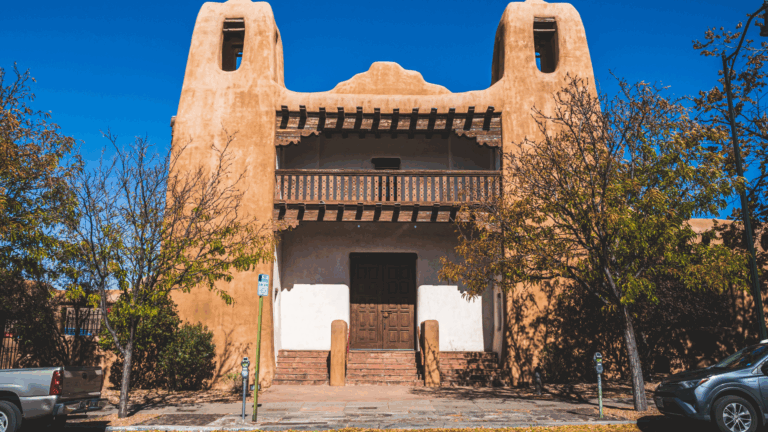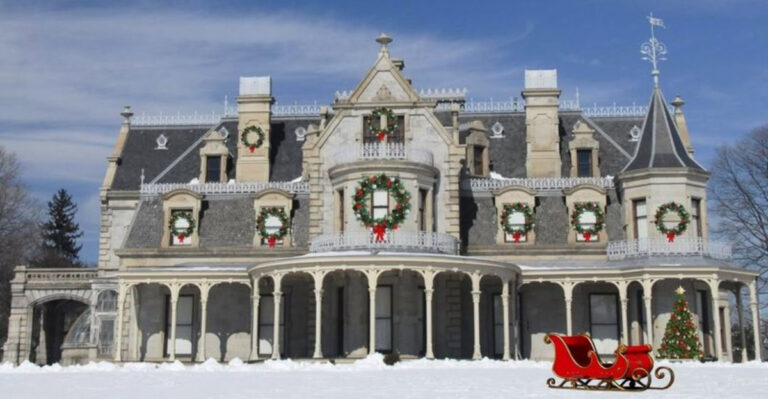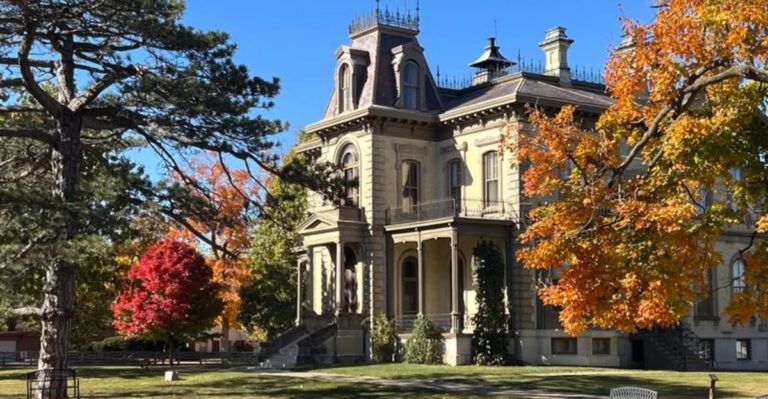15 Majestic Ancestral Homes Forever Lost to Time And 5 We’re Actually Glad They’re Forever Gone
Throughout history, magnificent homes have stood as testaments to human creativity, wealth, and ambition. Some of these grand residences have sadly disappeared, leaving us with only stories and fragments to remember them by.
While many lost homes deserve our mourning, a few notorious dwellings actually made the world better by vanishing.
Join me on a journey through architectural history as we explore both the treasures we’ve lost and the problematic palaces we’re secretly glad are gone.
1. The Palace of Knossos (Crete)
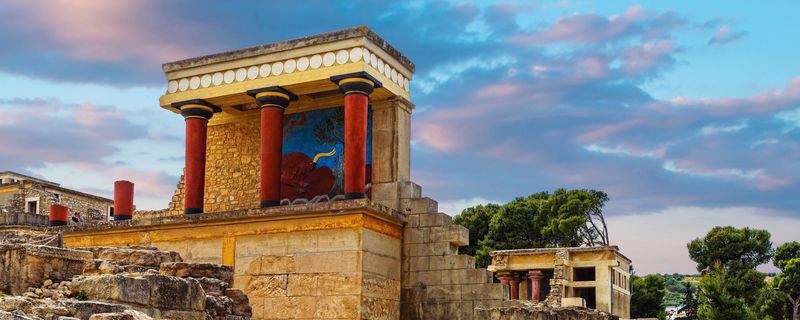
Echoes of the Minoan world linger in the ruins of Knossos, a once-dazzling palace dating to around 1700 BCE. As the ceremonial and political center of Europe’s first great civilization, it sprawled across nearly six acres, boasting innovations like indoor plumbing, vivid frescoes, and vast gathering halls.
What survives today is only a fraction of its original grandeur—most of the palace has succumbed to time. Yet its legacy endures. Scholars widely believe Knossos inspired the legend of the Minotaur’s labyrinth, thanks to its intricate design.
2. The Château de la Mothe-Chandeniers (France)
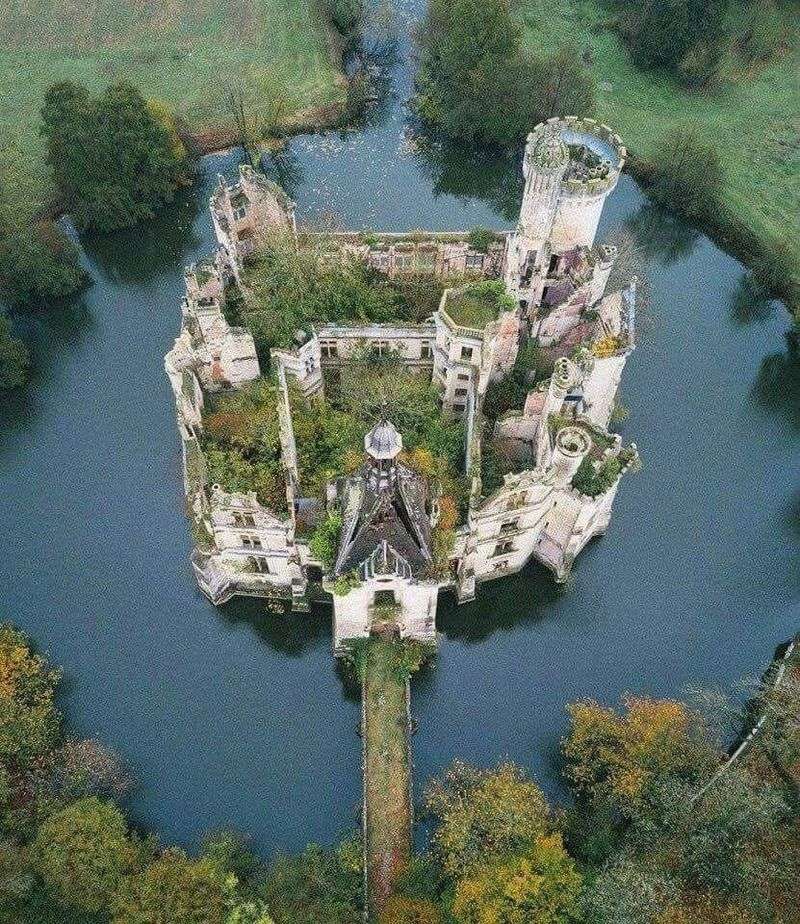
Rising from a moat like something from a fairy tale, this medieval French castle captures imaginations even in its ruined state. Founded in the 13th century, the château survived centuries of wars only to fall victim to a devastating fire in 1932.
The blaze destroyed priceless libraries, art collections, and antique furniture. Ornate reception halls, bedchambers draped in silk, and ballrooms where nobility once danced are now open to the sky. In 2017, thousands of internet donors collectively purchased the ruin to prevent its demolition.
Though preserved as a romantic ruin, the original splendor of this aristocratic residence – with its elaborate interiors, manicured gardens, and collections amassed over centuries – remains forever lost.
3. The Amber Room (Russia)
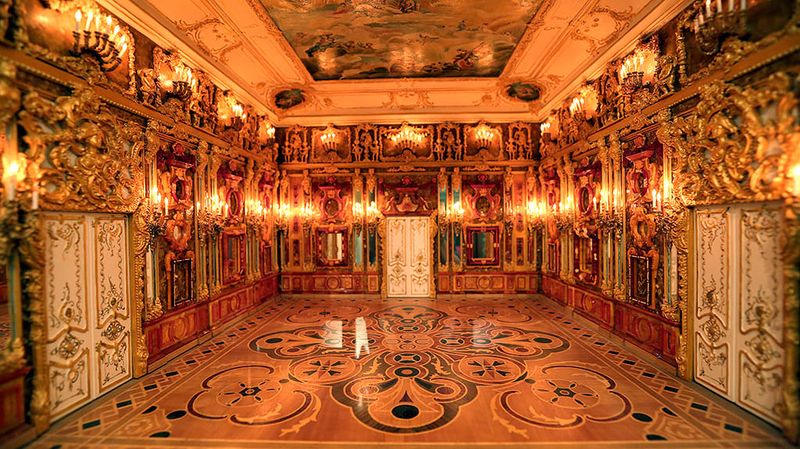
Often called the “Eighth Wonder of the World,” this dazzling chamber once adorned the Catherine Palace near St. Petersburg. Crafted from over six tons of amber backed with gold leaf, the room literally glowed when candlelit. Nazi forces dismantled and stole this masterpiece during World War II, after which it mysteriously vanished.
Despite a meticulous reconstruction completed in 2003, the original 18th-century amber panels remain lost. Adorned with mosaics, mirrors, and sculptures, the original room represented the pinnacle of Baroque craftsmanship.
Created by German and Russian artisans working together, it symbolized cultural cooperation before becoming one of history’s most valuable stolen treasures. Its disappearance remains one of art history’s greatest unsolved mysteries.
4. The Royal Palace of Varna (Bulgaria)

Perched along Bulgaria’s Black Sea coast, this forgotten royal residence once symbolized the country’s brief golden age. Built in the late 19th century as a summer retreat for Bulgaria’s first modern monarch, Alexander of Battenberg, the palace combined Neoclassical grandeur with local architectural traditions.
Swept away by political upheaval following World War II, the palace was systematically demolished by communist authorities eager to erase symbols of monarchy. Only fragmented foundations and a few photographs remain of this once-magnificent structure.
Gardens featuring rare botanical specimens from across Europe and the Middle East surrounded the palace. The complex included guest houses, a private chapel, and a small harbor for royal yachts – all vanished without trace under subsequent development.
5. The Villa of the Papyri (Herculaneum)
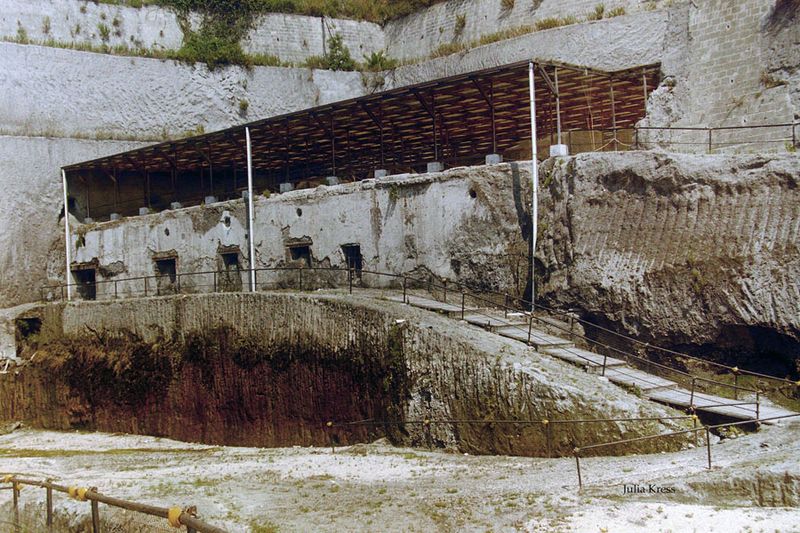
Buried beneath 90 feet of volcanic ash lies one of antiquity’s greatest cultural treasures. This sprawling seaside villa, believed to have belonged to Julius Caesar’s father-in-law, contained the ancient world’s largest known library.
Only partially excavated due to technical challenges, most of the villa remains entombed exactly as it was when Vesuvius erupted in 79 CE. The property featured colonnaded gardens stretching over 800 feet along the Bay of Naples, with bronze and marble sculptures positioned throughout.
Most tantalizing are the hundreds of carbonized papyrus scrolls recovered from the site. Modern scanning technology is slowly revealing their contents, offering glimpses of lost philosophical works. Archaeologists believe thousands more texts remain buried, including potentially lost works by history’s greatest thinkers.
6. The Palace of Versailles (original gardens before redesign)
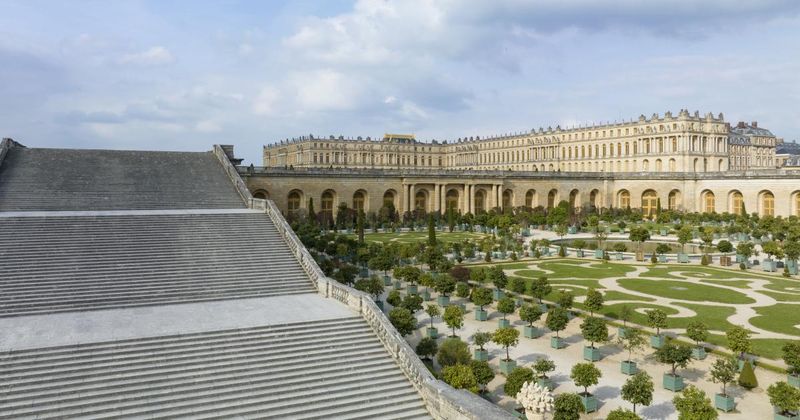
When wandering through Versailles’ famous gardens today, you’re actually seeing a significantly altered landscape. The original gardens designed by André Le Nôtre for Louis XIV followed stricter geometric principles and featured different plant selections than what exists now.
During the French Revolution and subsequent periods, many original elements were destroyed or altered. The king’s private garden pavilions, exotic bird aviaries, and specialized plant collections largely disappeared. Perhaps most significant was the change in atmosphere.
The original gardens were designed as outdoor theater spaces for elaborate court performances and social rituals. The carefully choreographed experience of moving through these spaces, with specific viewpoints and surprises planned by Le Nôtre, represents an intangible loss that can never be fully recovered.
7. The Castle of Tintagel (England)
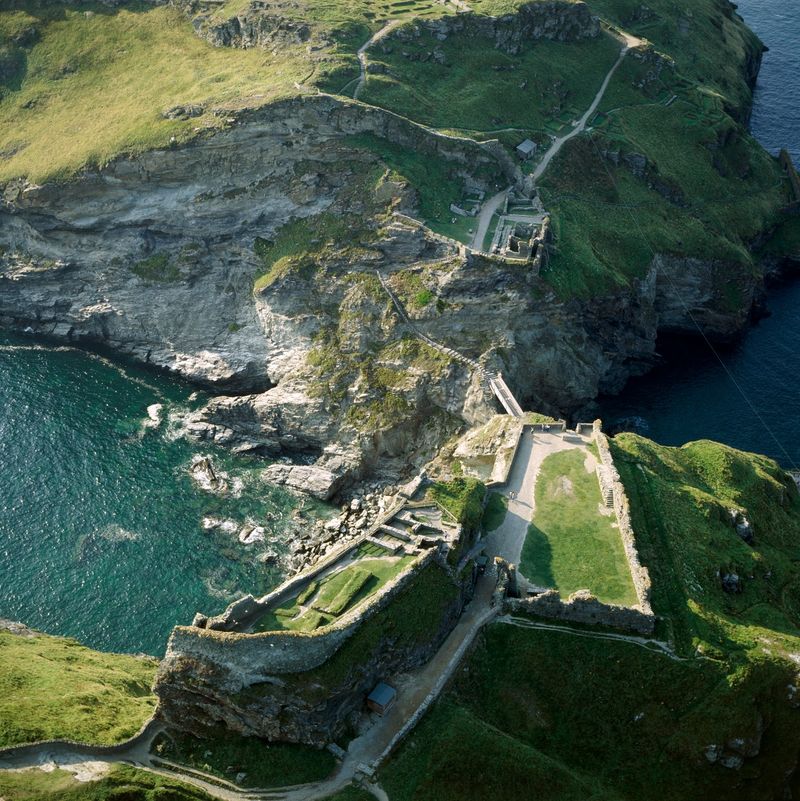
Clinging to Cornwall’s rugged coastline, the romantic ruins of Tintagel barely hint at the magnificent stronghold that once dominated these cliffs. Legendary birthplace of King Arthur, the original medieval castle was far more extensive than today’s scattered remnants.
Built in the 13th century by Richard, Earl of Cornwall, the castle incorporated sophisticated defensive features and luxurious residential quarters befitting a royal residence. Centuries of Atlantic storms have gradually eroded both the cliffs and the structures they supported.
Archaeological evidence suggests the site held even earlier significance, with remains of 5th-6th century high-status buildings beneath the medieval ruins. These earlier structures, possibly a royal compound from Britain’s post-Roman era, may represent the historical basis for Arthurian legends associated with the site.
8. The Summer Palace of Yuanmingyuan (China)
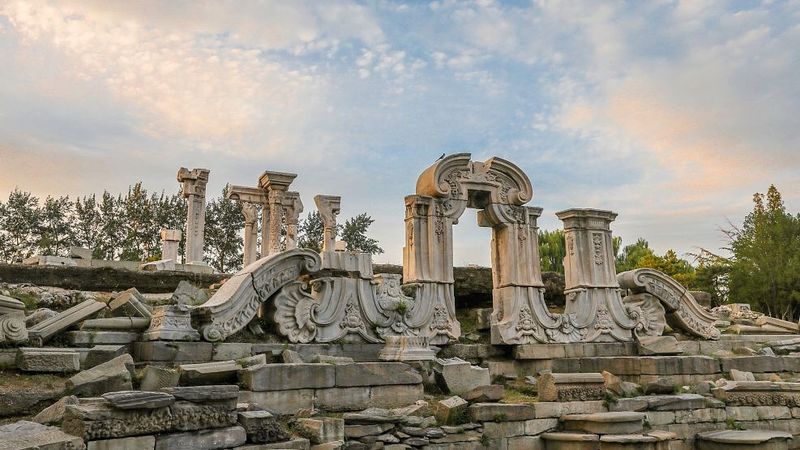
Known as the “Garden of Perfect Brightness,” this imperial retreat near Beijing represented the pinnacle of Chinese landscape design. Spanning over 860 acres, the complex contained hundreds of pavilions, temples, and gardens created over generations of Qing Dynasty emperors.
European forces deliberately destroyed this cultural treasure during the Second Opium War in 1860. British and French troops systematically looted priceless artifacts before setting fire to the buildings in an act of cultural retribution.
Particularly tragic was the loss of the Western-style palaces designed by Jesuit missionaries, which blended European and Chinese architectural traditions. These unique structures, adorned with elaborate fountains and marble sculptures, represented a fascinating cultural exchange.
9. The Liria Palace (Spain, original parts)

Standing proudly in Madrid’s historic center, the current Liria Palace appears impressively intact to visitors. Few realize they’re seeing a meticulous reconstruction of what was once one of Spain’s greatest aristocratic residences. During the Spanish Civil War in 1936, the palace was directly hit by incendiary bombs, destroying much of the structure and its contents.
The blaze consumed priceless tapestries, period furniture, and architectural details dating to the 18th century. A heroic rescue effort saved many artworks, including paintings by Goya and Velázquez.
However, the original craftsmanship – including hand-carved moldings, historic ceiling frescoes, and textiles created by generations of Spanish artisans – perished in the flames. Today’s palace, while beautiful, represents a shadow of its former artistic glory.
10. The Palace of the Lost City (South Africa, original version)

Hidden in the South African bush lies a remarkable story of architectural fantasy. The original “Lost City” was a fictional creation – an elaborate backstory invented for a luxury resort that opened in 1992. According to the marketing narrative, the palace was built by an ancient civilization and “rediscovered” after centuries.
In reality, the first design concepts were far more ambitious than what was eventually constructed. Original plans included massive artificial ruins extending miles into the surrounding landscape, complete with fallen columns and abandoned temples half-reclaimed by nature.
Financial constraints forced developers to scale back dramatically. While today’s resort remains impressive, visitors experience only a fraction of the immersive fantasy world initially envisioned by creator Sol Kerzner and his designers.
11. The Biltmore Estate’s original gardens (North Carolina)
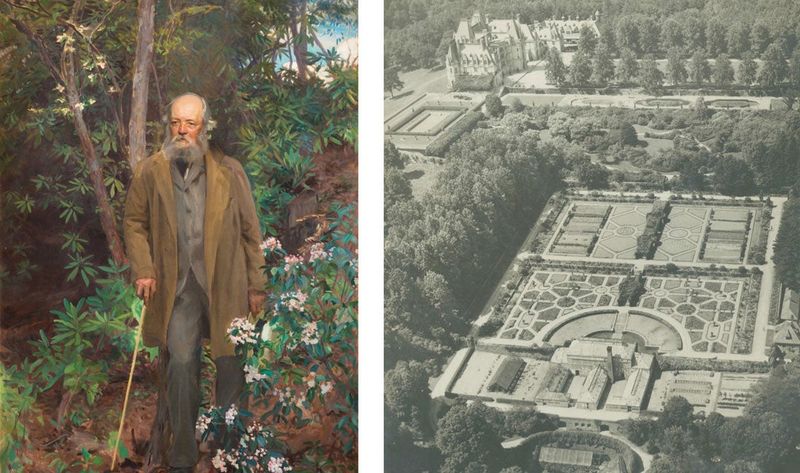
America’s largest private home still dazzles visitors with its magnificent grounds, yet few realize they’re seeing a significantly altered landscape. When George Vanderbilt unveiled his estate in 1895, the gardens designed by Frederick Law Olmsted were considerably more elaborate. Economic challenges following Vanderbilt’s death in 1914 forced his heirs to simplify the intensive garden designs.
Original features included experimental agricultural areas, additional formal gardens, and elaborate water features that proved too costly to maintain. Most significantly, the landscape was designed to mature over decades, with specific tree groupings and viewsheds carefully planned for future generations.
Climate change, plant diseases, and practical maintenance decisions have altered this living artwork in ways that make experiencing Olmsted’s original vision impossible, even as the estate remains impressively preserved.
12. The Taj Mahal’s original surrounding structures (India)

Most visitors to the Taj Mahal don’t realize they’re seeing only the centerpiece of what was once a much larger complex. Shah Jahan’s original vision included extensive gardens and complementary structures that extended the mausoleum’s perfect symmetry. Archaeological evidence reveals the presence of elaborate waterworks, additional pavilions, and guest accommodations that completed the original design.
On the opposite bank of the Yamuna River stood a mirror-image garden with a dark marble platform – possibly intended as Shah Jahan’s own mausoleum before his son imprisoned him.
The most significant loss was the Moonlight Garden (Mehtab Bagh), which aligned perfectly with the Taj Mahal across the river. Together, these elements created a unified cosmic design representing paradise on earth.
13. The Pruitt-Igoe Housing Complex – Symbol of Failed Urban Planning
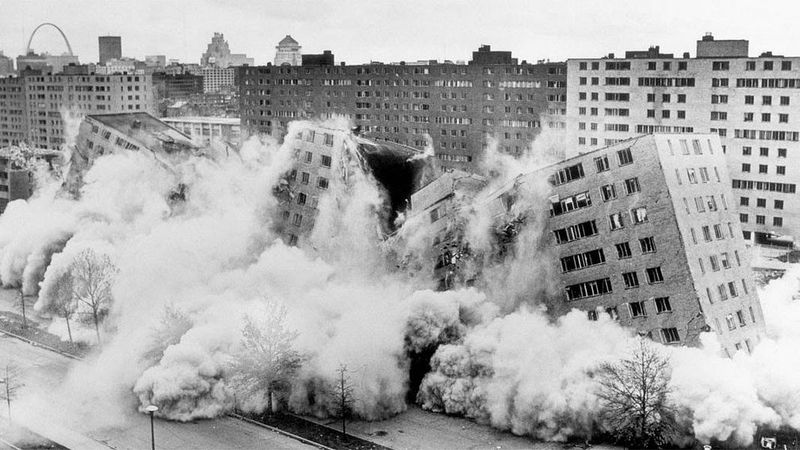
When dynamite brought down the Pruitt-Igoe complex in the early 1970s, few mourned its passing. Initially celebrated as visionary public housing, the project quickly became a cautionary tale in urban planning. Designed with minimal input from actual residents, the buildings featured “skip-stop” elevators that only stopped on certain floors, forcing residents to use crime-prone stairwells.
Communal areas proved impossible to maintain or secure, while the isolated location cut residents off from economic opportunities. By deliberately clearing this failed experiment, city planners acknowledged fundamental flaws in modernist housing theory.
The demolition opened space for more humane, community-centered approaches to public housing that prioritize human scale, safety, and connection rather than architectural theory.
14. The Winchester Mystery House (Overbuilt, Unsafe)
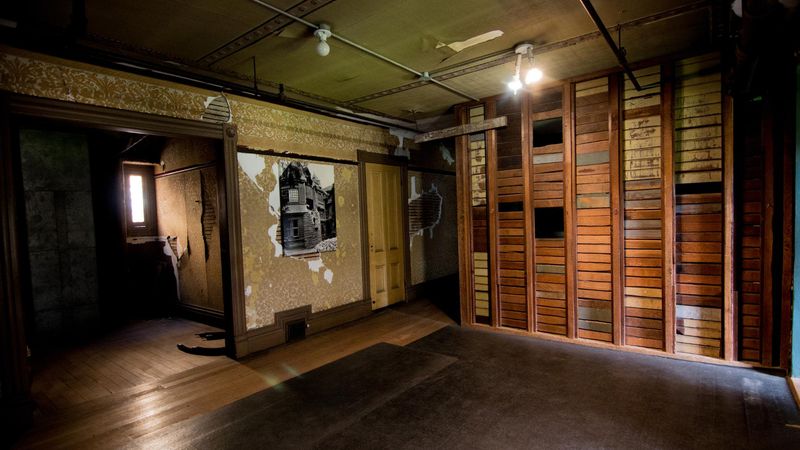
Making a second appearance on our list, the Winchester Mystery House deserves recognition not just as a lost curiosity but as a genuinely dangerous structure. Sarah Winchester’s continuous, haphazard construction created a building with serious structural problems.
After the 1906 earthquake damaged large sections, inspectors discovered entire wings built without proper foundations or support. Staircases and floors had been added with no regard for load-bearing walls, creating collapse hazards throughout the property.
The demolished portions reportedly contained the most dangerous elements – rooms stacked precariously and passages that violated basic safety principles. While architectural preservation is valuable, the removal of these unsafe sections likely prevented serious injuries or deaths among future visitors.
15. The Tower of London’s Earlier Wooden Structures

Standing for nearly a millennium, the Tower of London ranks among Britain’s most iconic landmarks. What many don’t realize is that the earliest versions of this fortress were actually fire-prone wooden structures that repeatedly burned to the ground.
William the Conqueror’s original 11th-century tower was a simple timber fortification, vulnerable to both fire and attack. These early wooden structures proved disastrous for both defenders and prisoners, with multiple documented cases of entire sections burning during sieges or accidents.
The replacement of these flammable buildings with the current stone structures represents a genuine improvement in both safety and historical significance. The stone Tower has preserved nearly a thousand years of history that would have been lost had the original wooden versions somehow survived.

